
Capella Colleoni, Citta Alta, Bergamo, Italy
Hundreds of millions of years ago, during the Dinosaur Age, winged reptiles called pterosaurs ruled the skies. Soaring on long, skin-covered wings, they scooped up fish from lakes and rivers and snatched insects from the air with their long, toothy snouts. One of the oldest known pterosaurs is Eudimorphodon, whose fossil bones were found in northern Italy in 1973 near the town of Bergamo. In late February 2003, I was in Torino, Italy, with my husband Art, who was there for a conference.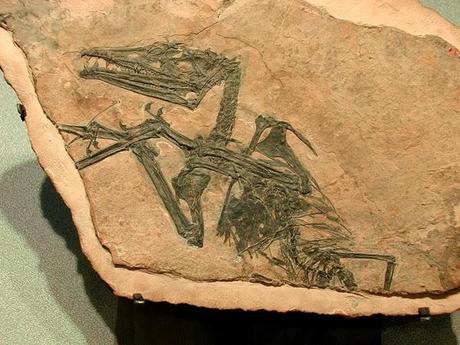
The Eudimorphodon fossils are about 215 years old.
At the time, I was researching my book about pterosaurs, and since we were not far from Bergamo, we decided to go there for a few days after the meeting so I could visit the museum where the Eudimorphodon fossils were displayed.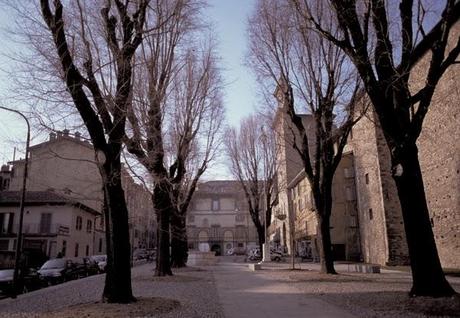
Walk to our hotel in Bergamo's Citta Alta
Bergamo is nestled at the foot of the Alps and has a long history, dating back to medieval times. The city has two parts. The ancient hilltop Upper Town (Città Alta) is a tangle of tiny medieval streets. It looks over the more modern Lower Town (Città Bassa) and the hills beyond. A funicular connects the two. We stayed in the Upper Town both because it was close to the museum and because of its historic atmosphere.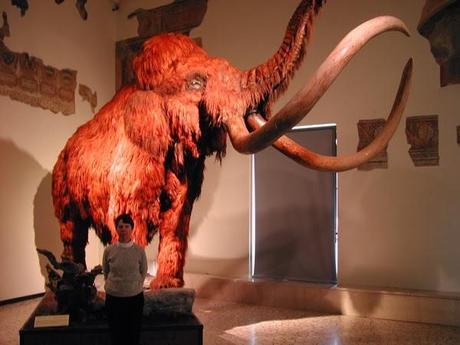
Model of wooly mammoth in the lobby of the Bergamo Natural History Museum.
After checking into our hotel, we headed for the Natural History Museum where a model of a wooly mammoth greeted us in the lobby. The inner rooms had display cabinets with a variety of prehistoric fossils and a huge diorama showing what life might have been like when Eudimorphodon was alive.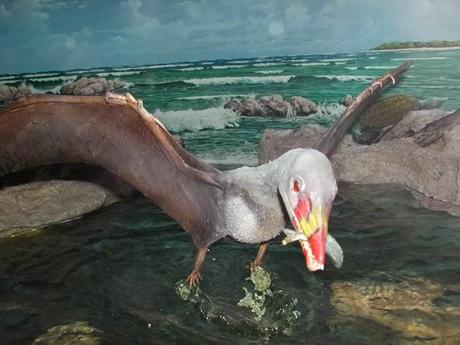
Model of Eudimorphodon
Eudimorphodon had a wingspan of about 39 inches and an unusual arrangement of teeth in its jaws. At the front were several large fangs, and along the sides were rows of smaller teeth, with two more fangs in the middle. Such teeth would have been good for catching and holding fish. Skeletons have been found with fossils of scales in the area of the stomach, indicating that fish were part of this pterosaur’s diet. Like the dinosaurs, all pterosaurs became extinct 65 million years ago.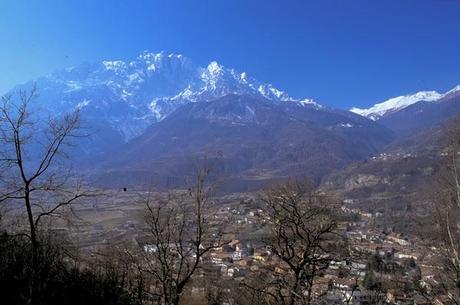
View of Alps from Valcomonica
On our next day in Bergamo we did a driving tour of the lakes region, visiting Valcomonica, where thousands of prehistoric petroglyphs had been carved on the rocks.Since the Citta Alta is a tourist destination it had a number of good restaurants within walking distance from our hotel. Our last evening there I ordered rabbit salad, a meal that I have since tried to replicate but it has never been quite as delicious as it was that night.
Read more about Bergamo at: http://www.lonelyplanet.com/italy/lombardy-and-the-lakes/bergamo#ixzz2t4KCs43F
